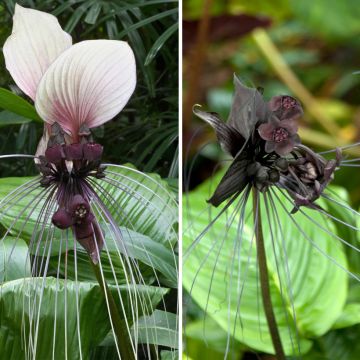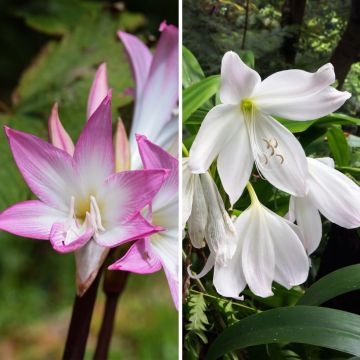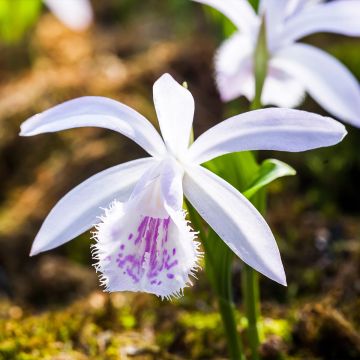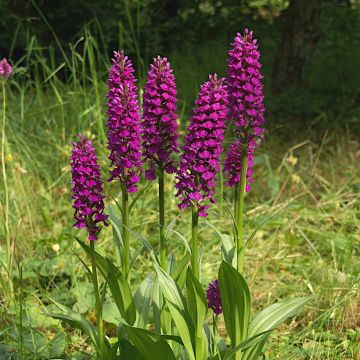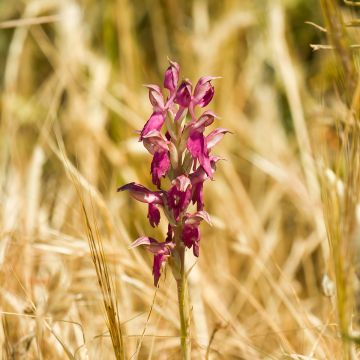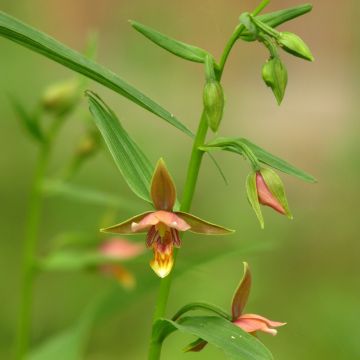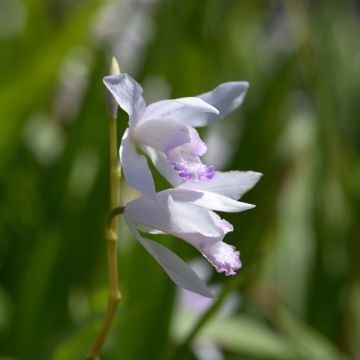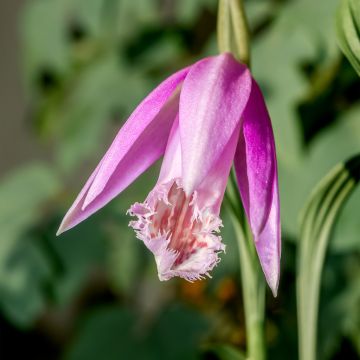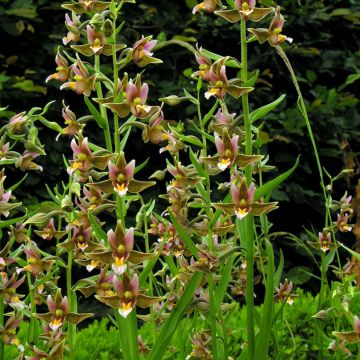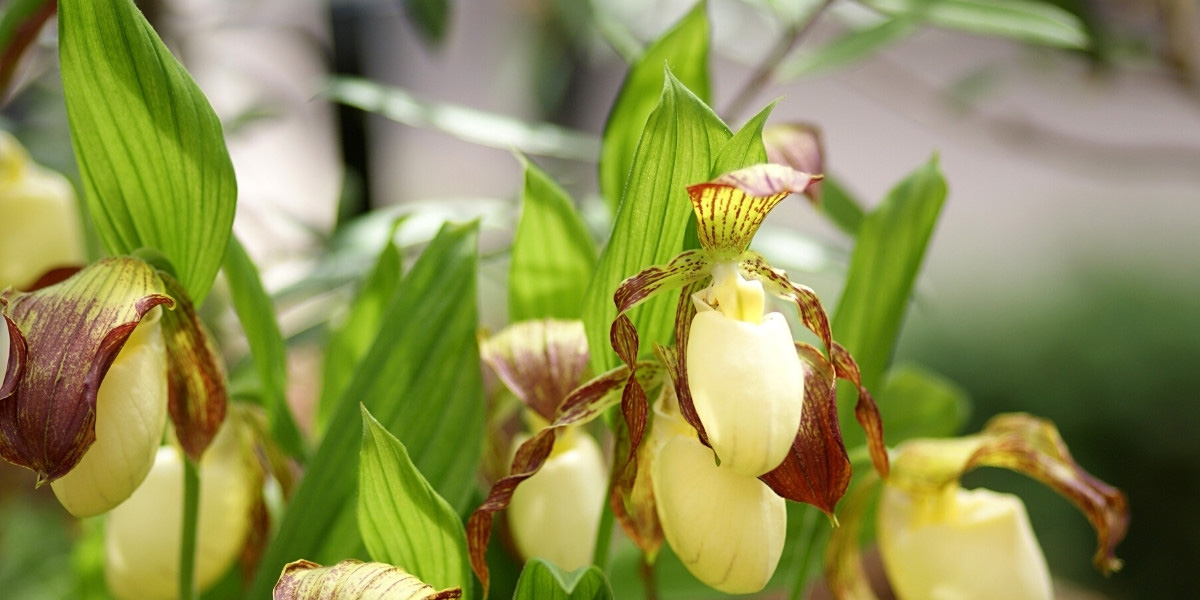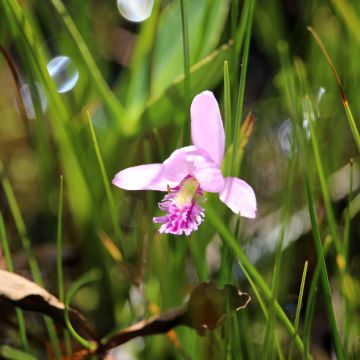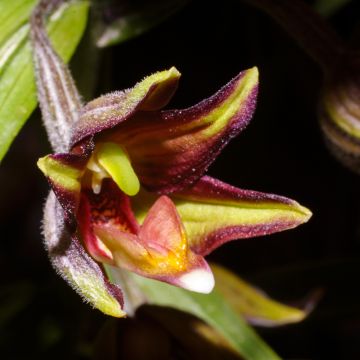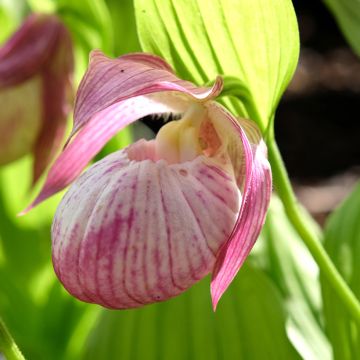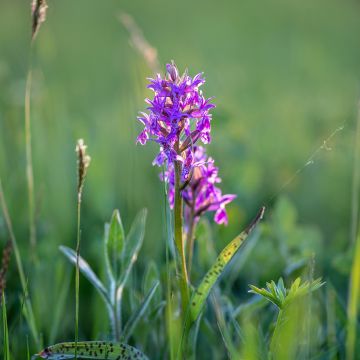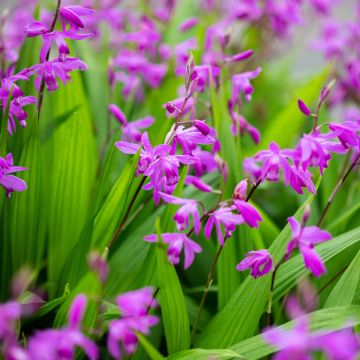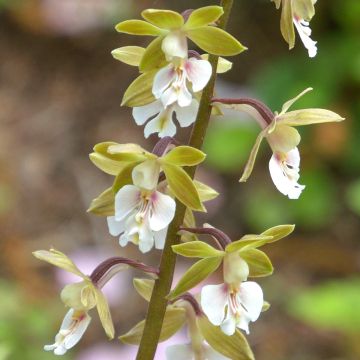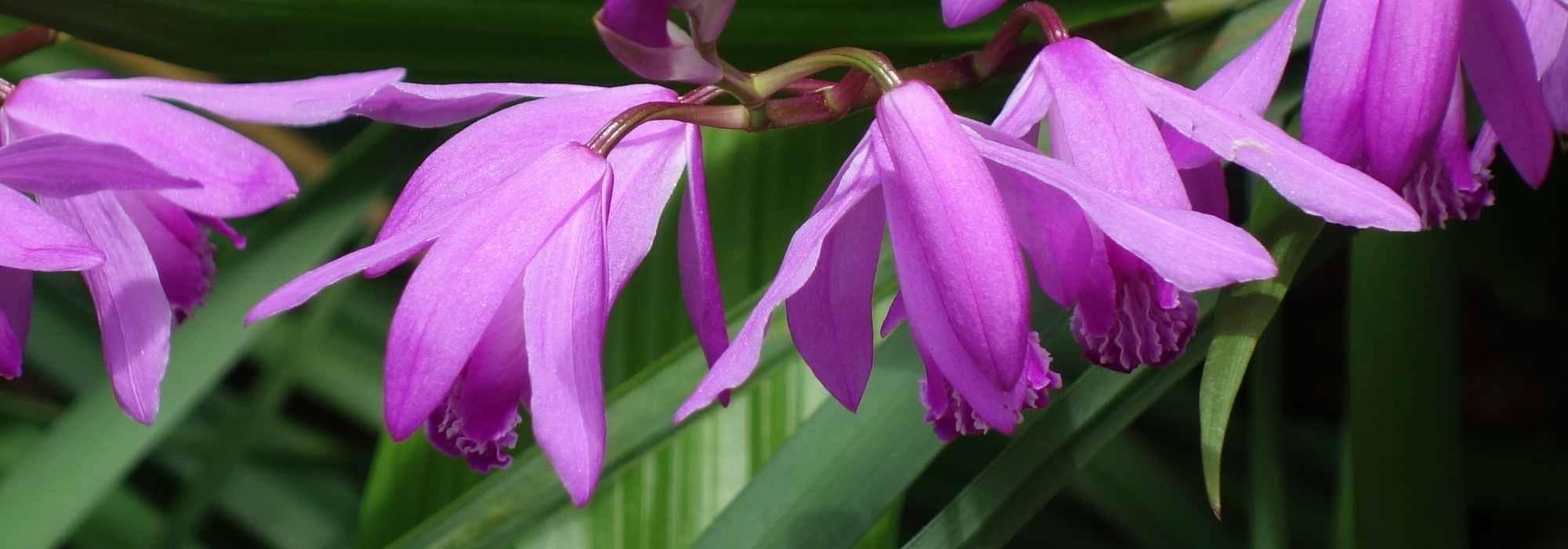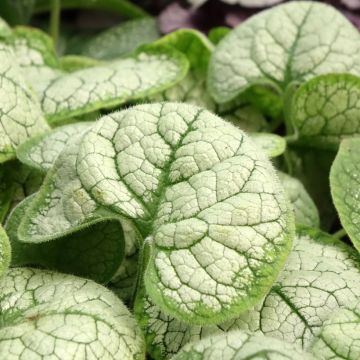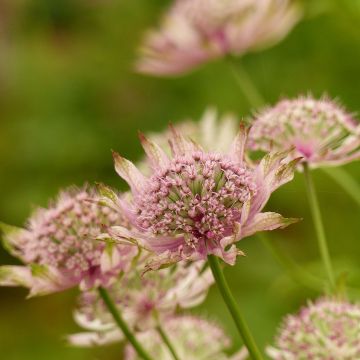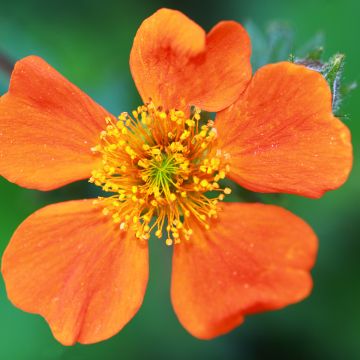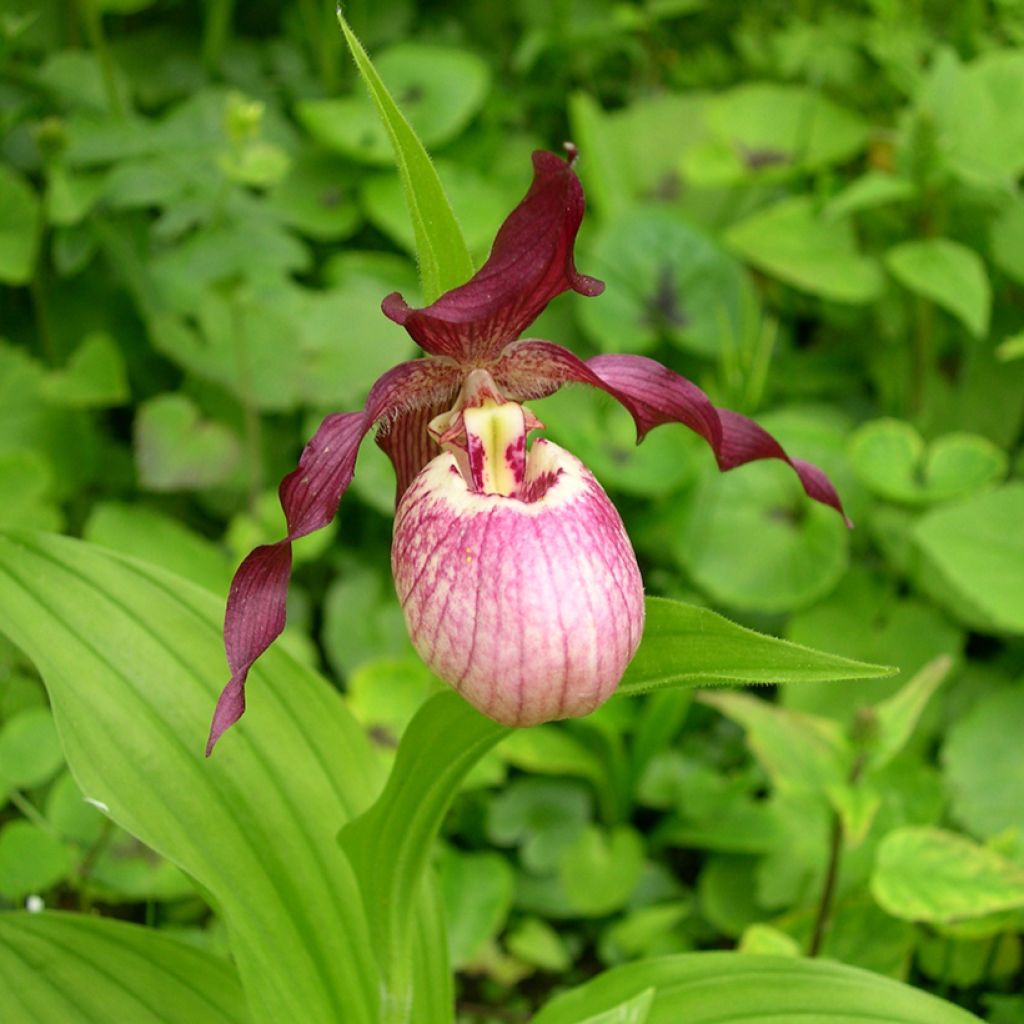

Cypripedium Gisella - Lady Slipper Orchid
Cypripedium Gisella - Lady Slipper Orchid
Cypripedium macranthos (x) parviflorum Gisella
Large Yellow Lady's Slipper, Greater Yellow Lady's Slipper, Large-flowered Yellow Lady's Slipper
Special offer!
Receive a €20 voucher for any order over €90 (excluding delivery costs, credit notes, and plastic-free options)!
1- Add your favorite plants to your cart.
2- Once you have reached €90, confirm your order (you can even choose the delivery date!).
3- As soon as your order is shipped, you will receive an email containing your voucher code, valid for 3 months (90 days).
Your voucher is unique and can only be used once, for any order with a minimum value of €20, excluding delivery costs.
Can be combined with other current offers, non-divisible and non-refundable.
Why not try an alternative variety in stock?
View all →This plant carries a 12 months recovery warranty
More information
We guarantee the quality of our plants for a full growing cycle, and will replace at our expense any plant that fails to recover under normal climatic and planting conditions.
Would this plant suit my garden?
Set up your Plantfit profile →
Description
Cypripedium 'Gisella' is one of the easiest hybrid Venus Slipper Orchids to cultivate. Its flower has a swollen pink labellum streaked with red, topped with twisted pink-red petals and sepals. This perennial garden orchid has some specific cultivation requirements, which, if properly followed, allow it to thrive in the garden. It prefers a partially shaded exposure in sandy, humus-bearing, slightly acidic soil that remains moist but not waterlogged.
The Cypripedium 'Gisella' belongs to the orchid family. It is a horticultural hybrid resulting from the cross-breeding of Cypripedium macranthos native to Siberia, China, and Taiwan, and Cypripedium parviflorum, a North American species morphologically similar to the European species Cypripedium calceolus. It is often found on the edge of moist forests with rich soils.
It is a rhizomatous plant that spreads in colonies over time. Its deciduous vegetation emerges from the ground in spring and disappears in autumn. The Cypripedium 'Gisella' forms a clump of large, reasonably light green leaves, ovate to elliptical, with very prominent parallel veins. This variety typically reaches 50 to 70 cm in our climate when in bloom. Flowering usually occurs in April-May, when the plant is well established, at least 4 or 5 years old. The sturdy and robust flower stem develops directly from the rhizome. It is adorned with leaves at the top. Two to three flowers, rarely four, appear along these tall stems. They have the characteristic shape of Cypripedium flowers and measure approximately 12 cm wide. Each flower consists of narrow, slightly spiralled sepals and petals that dominate an imposing 'slipper' labellum, which is very swollen. Depending on the flowers, the flower colour is more or less dark pink-red, with darker veins. The entire plant is covered in a fine down that can be allergenic and irritating to the skin for some people. These hairs host a symbiotic fungus. During winter, the foliage disappears, and the plant persists as a rhizome.
The Cypripedium 'Gisella' is a perfectly hardy variety that multiplies rapidly in pots and the garden as long as the conditions are suitable. It thrives on the forest's edge, preferring a light soil that retains some moisture without being waterlogged. Plant it in a location with not too intense shade, in a cool rockery, an ideal habitat for it to thrive and beautify your garden with its unique presence. Pair it with a simple fern like Polypodium vulgare along with the flowering of Trilliums and Lamium orvala. It also thrives in containers and unheated greenhouses. It is a plant that dislikes heat, drought, and strong winds.
When you receive your orchids, handle them with care: these plants produce few roots and are delicate!
Cypripedium Gisella - Lady Slipper Orchid in pictures
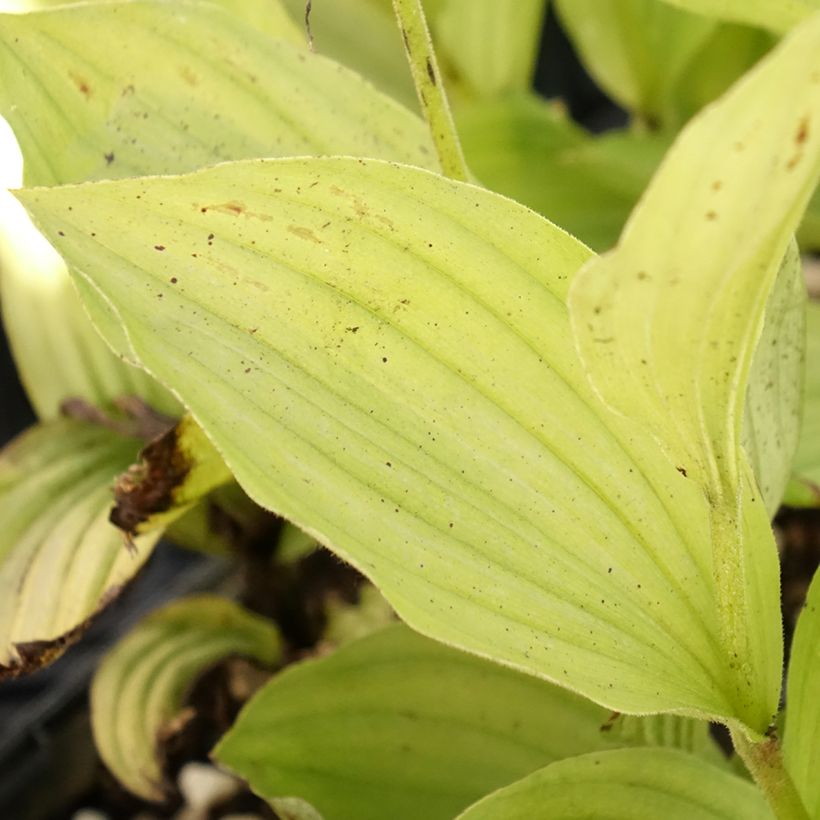

Flowering
Foliage
Plant habit
Botanical data
Cypripedium
macranthos (x) parviflorum
Gisella
Orchidaceae
Large Yellow Lady's Slipper, Greater Yellow Lady's Slipper, Large-flowered Yellow Lady's Slipper
Cultivar or hybrid
Other Garden Orchids
View all →Planting and care
Plant the Cypripedium Gisella in partial shade, in a light, non-limestone, acidic soil that remains consistently moist. This terrestrial orchid cannot tolerate heavy, waterlogged soils or drought. Add 1/3 turf and 1/3 fine non-limestone gravel (coarse sand or pumice) to the planting hole, mixing it with topsoil and leaf compost. Water the plant sparingly, keeping the soil slightly moist in summer. Protect the stump during the first year with a 10 cm thick litter layer of dead leaves. Cypripediums do not like fertiliser. Avoid direct sunlight, especially during the hottest hours of the day.
Planting period
Intended location
Care
Planting & care advice
This item has not been reviewed yet - be the first to leave a review about it.
Similar products
Haven't found what you were looking for?
Hardiness is the lowest winter temperature a plant can endure without suffering serious damage or even dying. However, hardiness is affected by location (a sheltered area, such as a patio), protection (winter cover) and soil type (hardiness is improved by well-drained soil).

Photo Sharing Terms & Conditions
In order to encourage gardeners to interact and share their experiences, Promesse de fleurs offers various media enabling content to be uploaded onto its Site - in particular via the ‘Photo sharing’ module.
The User agrees to refrain from:
- Posting any content that is illegal, prejudicial, insulting, racist, inciteful to hatred, revisionist, contrary to public decency, that infringes on privacy or on the privacy rights of third parties, in particular the publicity rights of persons and goods, intellectual property rights, or the right to privacy.
- Submitting content on behalf of a third party;
- Impersonate the identity of a third party and/or publish any personal information about a third party;
In general, the User undertakes to refrain from any unethical behaviour.
All Content (in particular text, comments, files, images, photos, videos, creative works, etc.), which may be subject to property or intellectual property rights, image or other private rights, shall remain the property of the User, subject to the limited rights granted by the terms of the licence granted by Promesse de fleurs as stated below. Users are at liberty to publish or not to publish such Content on the Site, notably via the ‘Photo Sharing’ facility, and accept that this Content shall be made public and freely accessible, notably on the Internet.
Users further acknowledge, undertake to have ,and guarantee that they hold all necessary rights and permissions to publish such material on the Site, in particular with regard to the legislation in force pertaining to any privacy, property, intellectual property, image, or contractual rights, or rights of any other nature. By publishing such Content on the Site, Users acknowledge accepting full liability as publishers of the Content within the meaning of the law, and grant Promesse de fleurs, free of charge, an inclusive, worldwide licence for the said Content for the entire duration of its publication, including all reproduction, representation, up/downloading, displaying, performing, transmission, and storage rights.
Users also grant permission for their name to be linked to the Content and accept that this link may not always be made available.
By engaging in posting material, Users consent to their Content becoming automatically accessible on the Internet, in particular on other sites and/or blogs and/or web pages of the Promesse de fleurs site, including in particular social pages and the Promesse de fleurs catalogue.
Users may secure the removal of entrusted content free of charge by issuing a simple request via our contact form.
The flowering period indicated on our website applies to countries and regions located in USDA zone 8 (France, the United Kingdom, Ireland, the Netherlands, etc.)
It will vary according to where you live:
- In zones 9 to 10 (Italy, Spain, Greece, etc.), flowering will occur about 2 to 4 weeks earlier.
- In zones 6 to 7 (Germany, Poland, Slovenia, and lower mountainous regions), flowering will be delayed by 2 to 3 weeks.
- In zone 5 (Central Europe, Scandinavia), blooming will be delayed by 3 to 5 weeks.
In temperate climates, pruning of spring-flowering shrubs (forsythia, spireas, etc.) should be done just after flowering.
Pruning of summer-flowering shrubs (Indian Lilac, Perovskia, etc.) can be done in winter or spring.
In cold regions as well as with frost-sensitive plants, avoid pruning too early when severe frosts may still occur.
The planting period indicated on our website applies to countries and regions located in USDA zone 8 (France, United Kingdom, Ireland, Netherlands).
It will vary according to where you live:
- In Mediterranean zones (Marseille, Madrid, Milan, etc.), autumn and winter are the best planting periods.
- In continental zones (Strasbourg, Munich, Vienna, etc.), delay planting by 2 to 3 weeks in spring and bring it forward by 2 to 4 weeks in autumn.
- In mountainous regions (the Alps, Pyrenees, Carpathians, etc.), it is best to plant in late spring (May-June) or late summer (August-September).
The harvesting period indicated on our website applies to countries and regions in USDA zone 8 (France, England, Ireland, the Netherlands).
In colder areas (Scandinavia, Poland, Austria...) fruit and vegetable harvests are likely to be delayed by 3-4 weeks.
In warmer areas (Italy, Spain, Greece, etc.), harvesting will probably take place earlier, depending on weather conditions.
The sowing periods indicated on our website apply to countries and regions within USDA Zone 8 (France, UK, Ireland, Netherlands).
In colder areas (Scandinavia, Poland, Austria...), delay any outdoor sowing by 3-4 weeks, or sow under glass.
In warmer climes (Italy, Spain, Greece, etc.), bring outdoor sowing forward by a few weeks.






























